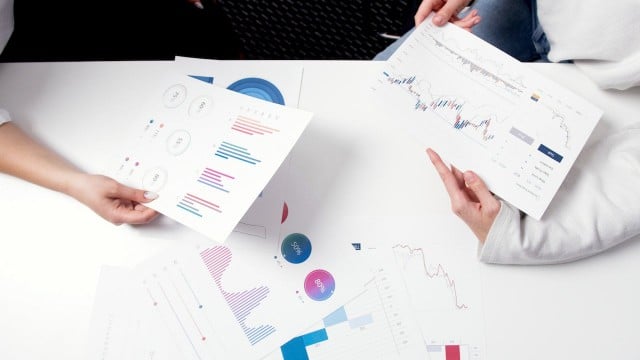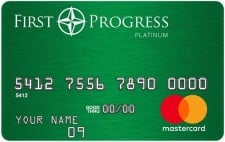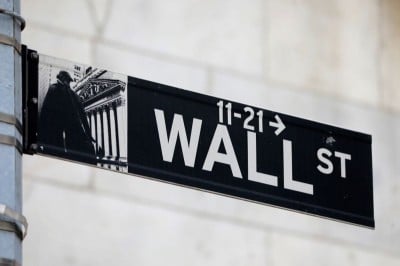A company founded exclusively to increase money through an (IPO) initial public offering, purchasing another company, or integrating with one, is referred to as a special purpose acquisition company (SPAC).
SPAC, also called "blank check company," has been around for some time, but its appeal has recently grown significantly. In 2020, $80 billion was invested in establishing 247 SPACs, while there was a record 613 special purpose acquisition company (IPOs) in 2021. In contrast, just 59 SPACs entered the market in year 2019.
How does (SPAC) special purpose acquisition company Work?

SPACs are frequently established by shareholders or promoters who are knowledgeable in a particular industry/business area and want to pursue opportunities in that space. The creators of SPACs may be considered an achievement target, but they choose not to disclose it to prevent exposure in the (IPO) initial public offering process.
SPACs, also known as "blank check firms," give IPO investors very little information before they invest. SPACs look for institutional investors and underwriters before releasing their stocks to the common public. And SPACs saw a boom in 2020–2021. They attracted notable companies like Credit Suisse, Goldman Sachs &' Deutsche Bank, as well as top employees who were either retired/semi-retired senior managers.
The capital that SPACs uprise in an initial public offering is put into an interest-holding trust account, which can only be taken out to finish an acquisition or reverted to stakeholders if the special purpose acquisition company (SPAC) is eventually liquidated.
In 2019, special purpose acquisition company IPOs acquired $13.6B, about four times the $3.5B upraised in 2016. SPACs attracted more interest in 2020 plus 2021, raising up to $83.4B in 2020 as well as $162.5B in the year 2021. SPACs had upraised $9.6B since about March 13, 2022.
SPACs usually have 2 years to finish a transaction or risk being liquidated. In a few circumstances, the SPAC may use a portion of the trust's interest income as operating capital. A (SPAC) is normally recorded on the leading stock exchange following attainment.
SPACs Pros and Cons

SPACs provide advantages and disadvantages, just like any investment.
- Advantages of SPACS
They cost little. The pricing of many SPACs is $10 per share, making them very accessible to retail investors. After that, they remain at a low level. According to Jay R. Ritter, a scholar at the University of Florida's Warrington College of Business and an expert in IPOs, "SPAC IPOs often don't rise on the first day of trade." "The average gain this year's first trading day has been 1.7%, so purchasing in the market may cost around $10.17."
They invest heavily in hot spots. The latest generation of SPACs focuses on hot industries like technology or retail. The companies that have gone public through SPACs include promising startups like Clover Health, Opendoor, and Nikola, a manufacturer of electric vehicles.
They are accessible to private investors. The massive volume of shares sold makes it simpler for smaller investors to have a piece of the action, even though investment banks typically get the first crack at SPAC offers.
- Disadvantages of SPACs
Irrational investment. Investors in SPACs frequently have no idea what the target firm of the SPAC is, and often neither do the sponsors. Therefore, it is impossible to appraise the deal.
Time lag. Between the time investors put money into a SPAC and the time it acquires a business and begins operations, there may be a significant lag. Your funds could remain in an escrow account for two years. Your money will be repaid if there is no acquisition, but sitting on capital for so long could be difficult.
Mixed Track Record. Goldman Sachs examined the success of 56 SPACs that "merged" with their target corporations starting in January 2018 in a study released in July 2020. Most of these SPACs were in the energy, industrial, technology, and finance sectors. According to the report, "the average SPAC exceeded the S&'P 500 by 1 pp (percentage point) and 11 pp, correspondingly, and outperformed the Russell 2000 by 6 pp (percentage point) and 15 pp, respectively, over the one-month and three-month periods after the acquisition announcement. However, in the three, six, and twelve months following the conclusion of the merger, the average SPAC lagged both indices.
Certain SPACs perform better than that, of course. For instance, Virgin Galactic Holdings (SPCE), a prominent offering, has increased 146% in value over the past year after it went public through a SPAC in October 2019.
SPAC Vs. IPO
In a traditional IPO, a private firm hires an underwriter to issue shares on a public exchange, such as NYSE, or the New York Stock Exchange, to become public. The company can skip this step if a private company is acquired or merged with a SPAC company.
For a business seeking to go public, some significant distinctions between a SPAC and an IPO include the following:
• The SPAC merger usually takes three to six months, while an IPO typically takes 12 to 18 months.
• The market's state determines the price for an IPO, but target firms can negotiate for a price when going public through SPACs.
• The target firm needs more time to produce the financial statements necessary for an SEC filing because of the limited timeframe with a SPAC.
How to Invest in SPACs?
Special purpose acquisition companies (SPACs) are a means for communal investors to do partnerships with investment experts plus venture capital companies since most retail investors cannot invest in potential privately held enterprises. ETFs that prefer SPACs investments have arisen; these funds often comprise a mix of SPACs currently looking for an objective to take community and firms who just went public by combining with SPACs. As with other investments, the level of risk will vary based on the particulars of a special purpose acquisition company (SPAC) investment.





